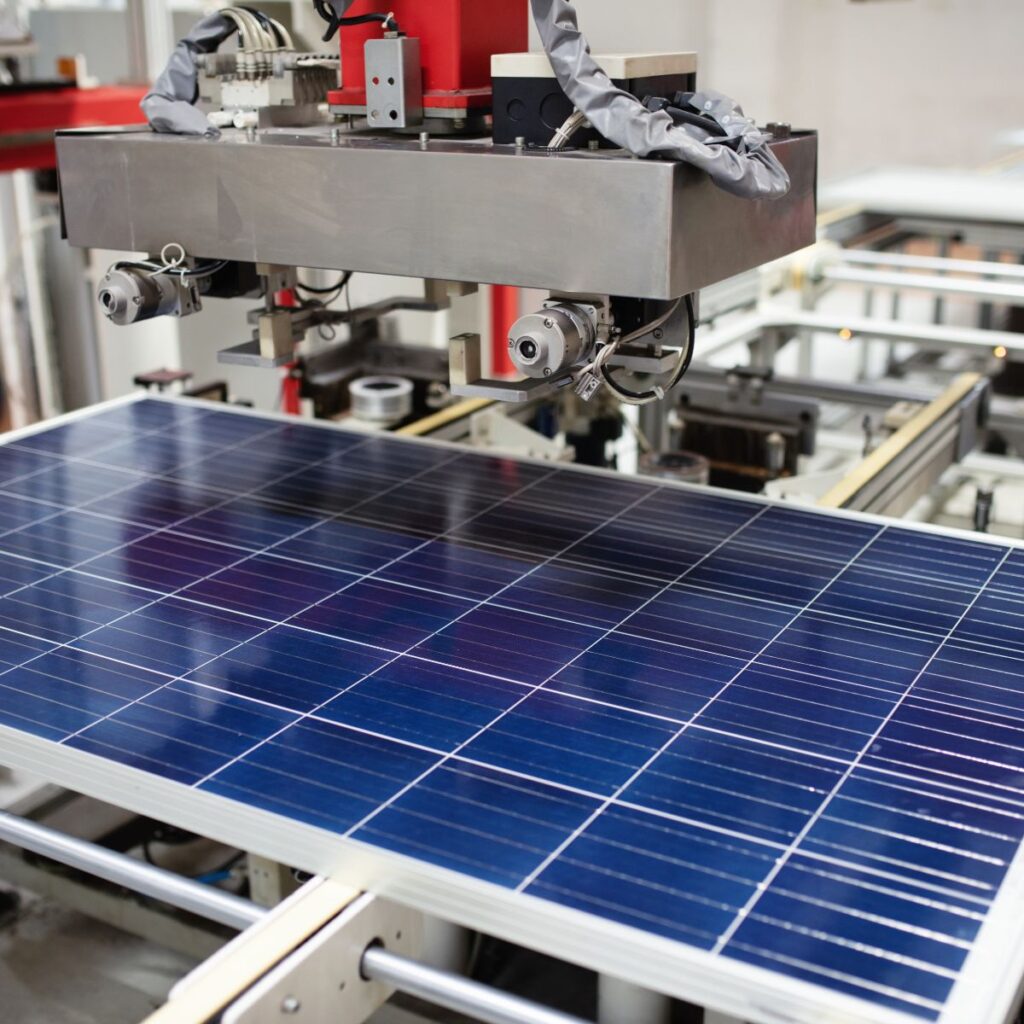The degradation or power decay of solar panels over time is primarily caused by a combination of factors related to the environment, materials, and technology used in their manufacturing. The main factors contributing to solar panel power decay include:
- Material Degradation: Solar panels are made up of various materials, such as photovoltaic cells, encapsulation materials, and framing. These materials are exposed to environmental conditions like temperature fluctuations, humidity, and UV radiation. Over time, these environmental factors can lead to the breakdown of materials, reducing the panel’s efficiency and overall power output.
- Temperature: High temperatures can accelerate the degradation of solar panels. This is known as the “temperature coefficient” of a solar panel. When panels are exposed to excessive heat, the efficiency of the photovoltaic cells decreases, causing a decrease in power output. Manufacturers often take measures to mitigate this effect, such as using materials that handle heat better or designing panels with better ventilation.
- Humidity and Moisture: Moisture can penetrate the protective layers of a solar panel, leading to corrosion, delamination (separation of layers), and electrical performance issues. This is particularly problematic in humid or coastal environments.
- UV Radiation: Solar panels are constantly exposed to UV radiation from the sun. While they are designed to absorb and convert this radiation into electricity, over time, the exposure to UV rays can lead to the breakdown of materials, causing power degradation.
- PID (Potential-Induced Degradation): PID occurs when voltage potential differences between the solar cells and the grounding of the panel cause electric current to flow through the cells. This can lead to efficiency loss over time. Manufacturers often use measures like grounding techniques and anti-PID coatings to mitigate this effect.
- Mechanical Stress: External factors like hail, snow loads, wind, and impacts can cause physical damage to the solar panels, affecting their efficiency and overall performance.
- Manufacturing Quality: The quality of manufacturing processes, materials, and components used in the panels can impact their long-term performance. Inferior materials or poor workmanship can lead to accelerated degradation.
- Chemical Reactions: Chemical reactions can occur within the materials used in solar panels, especially when exposed to certain environmental conditions. These reactions can lead to changes in material properties and reduce the panel’s efficiency.
It’s important to note that manufacturers are continually working to improve the durability and efficiency of solar panels. Through advancements in materials, manufacturing techniques, and design, the industry aims to minimize the impact of these degradation factors and enhance the lifespan and performance of solar panels over time.


